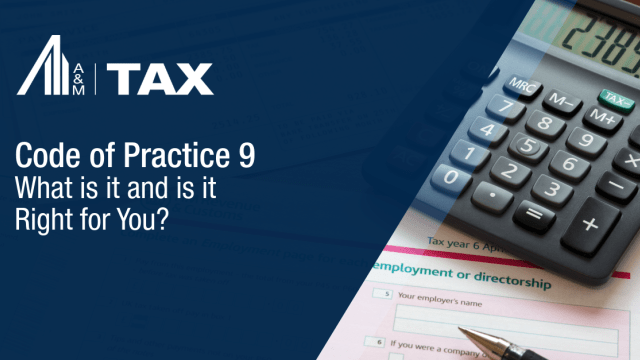Vietnam Tax Update: DECREE NO. 236/2025/NĐ-CP GUIDING SOME PROVISIONS OF RESOLUTION NO. 107/2023/QH15 ON PILLAR 2
OVERVIEW
Vietnam has recently issued Decree No. 236/2025/NĐ-CP (“Decree 236”) guiding some provisions of Resolution No. 107/2023/QH15 (“Resolution 107”) on the application of top-up corporate income tax (“CIT”) under the Global Anti-Base Erosion Rules (“GloBE”). Decree 236’s effective date is from 15 October 2025 and applicable from the financial year (“FY”) 2024.[1]
Key notable points are highlighted below:
- Notification on the appointment of filing constituent entity (“CE”) and List of in-scope CEs (“the Notification”)
- The Notification shall be submitted within 30 days from the end of the FY. There is a tax administrative penalty relief during the transitional period in case of the late submission of the Notification;
- If the tax authority appoints the filing CE: the appointed filing CE shall submit the Notification to tax authority within 10 days from the date receiving the appointment notification from the tax authority.
- Tax registration
- The tax registration dossier shall be submitted within 90 days from the end of the FY;
- In case the group having FY 2024 ending on or before 30 June 2025, the tax registration deadline would be 90 days from Decree 236’s effective date (i.e., 13 January 2026), but not later than the tax filing and payment deadline applied to the group;
- There is also a tax administrative penalty relief during the transitional period for the late tax registration up to 90 days. The transitional period is applicable for financial years commencing before or on 31 December 2026 but not ending after 30 June 2028.
- The submission of changes in tax registration information is required within 10 working days from the date of information change.
- Qualified Domestic Minimum Top-up Tax (“QDMTT”)’s filing packages
QDMTT’s filing packages generally include:
- Information return;
- Top-up CIT return;
- Explanation on variations due to discrepancies between financial accounting standards;
- Financial figures reporting of each CE used for the purpose of preparing consolidated financial statements (“FS”) of the Ultimate Parent Entity (“UPE”); and
- GloBE Information Return of the MNE group. This could be exempted under some conditions.
The filing deadline for QDMTT’s filing packages and tax payment deadline is 12 months from the end of FY. For (v), the filing deadline is 15 months from the FY end ( and 18 months for the first FY).
- Income Inclusion Rule (“IIR”)’s filing packages
IIR’s filing packages generally include:
- Information return;
- Top-up CIT return;
- Explanation on variations due to discrepancies between financial accounting standards;
- Financial figures reporting of each CE used for the purpose of preparing consolidated FS of the UPE; and
- Consolidated FS of the UPE.
The filing deadline for IIR’s filing packages and tax payment deadline is 15 months from the end of FY ( and 18 months for the first FY).
- Tax administrative penalty reliefs during the transitional period
Under Decree 236, there are some tax administrative penalty reliefs during the transitional period, subject to conditions. For example:
- Late submission or non-submission of the Notification under the regulated clause;
- Late tax registration up to 90 days;
- Late notification of changes in tax registration contents (not leading to the change of tax registration certificate or tax code notification);
- Late notification of changes in tax registration contents up to 90 days (leading to the change of tax registration certificate or tax code notification);
- Incorrect, incomplete declarations of contents in tax dossiers that do not lead to an insufficient tax payable, or do not lead to an increase in tax exempted, reduced, or refunded amount;
- Late submission of tax dossiers (up to 90 days). Late submission of tax dossiers from 91 days (subject to several conditions, such as no tax payable arises, etc.);
- Incorrect tax declarations leading to an insufficient tax payable, or an increase in tax exempted, reduced, or refunded amount (subject to several conditions).
- Country by country report (“CbCR”) safe harbors during the transitional period
During the transitional period, CbCR safe harbors are as follows (the top-up tax amount in a jurisdiction in a financial year will be determined as zero when one of the following criteria is met):
- In FY, qualified CbCR of a multinational enterprises (“MNE”) group has total revenue less than EUR 10 million and total profit before tax less than EUR 1 million or loss in that jurisdiction; or
- In FY, a MNE group has a simplified effective tax rate in that jurisdiction ≥ 15% (FY 2023 and FY 2024); ≥ 16% (FY 2025) and ≥ 17% (FY 2026); or
- Profit before tax of a MNE group in that jurisdiction ≤ Substance-Based Income Exclusion calculated under the GloBE rules for CE(s) reside in that jurisdiction under the qualified CbCR; or
- Loss on qualified CbCR.
HOW BUSINESSES SHOULD PREPARE
As Decree 236’s effective date is from 15 October 2025 and applicable from FY 2024, businesses should review the status and execute necessary notification, registration, tax filing and payment to fully comply with the regulations.
HOW CAN A&M HELP?
In order to support businesses and investors, the A&M Vietnam Tax team is closely monitoring these developments, and we are available to further discuss/support in this regard.
The information contained in this tax alert is for general update and reference purposes only. This tax alert is not intended to be relied on as specific professional advice. There is no guarantee and/or liability of the completeness and/or correctness of the information contained in this tax alert. For official advice, please contact us.





